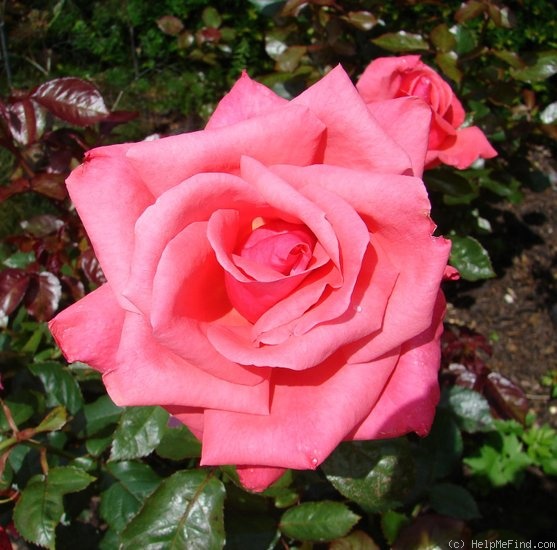|
|
'Abbeyfield Rose' Description

Photo courtesy of kniphofia
ARS:
Deep pink Hybrid Tea. Registration name: COCbroseExhibition name: Abbeyfield Rose
Bloom:
Rose-pink. Mild fragrance. Average diameter 4". Medium, full (26-40 petals), high-centered bloom form. Blooms in flushes throughout the season.
Habit:
Bushy. Medium, semi-glossy, medium green foliage.
Height: 2' to 3' (60 to 90cm). Width: 2' (60cm).
Growing:
USDA zone 6b through 9b (default). Can be used for beds and borders, container rose, cut flower or garden. Disease susceptibility: susceptible to blackspot . Spring Pruning: Remove old canes and dead or diseased wood and cut back canes that cross. In warmer climates, cut back the remaining canes by about one-third. In colder areas, you'll probably find you'll have to prune a little more than that.
Patents:
Patent status unknown (to HelpMeFind).
Notes:
The AbbeyfIeld Trust provides homes for the elderly.
|